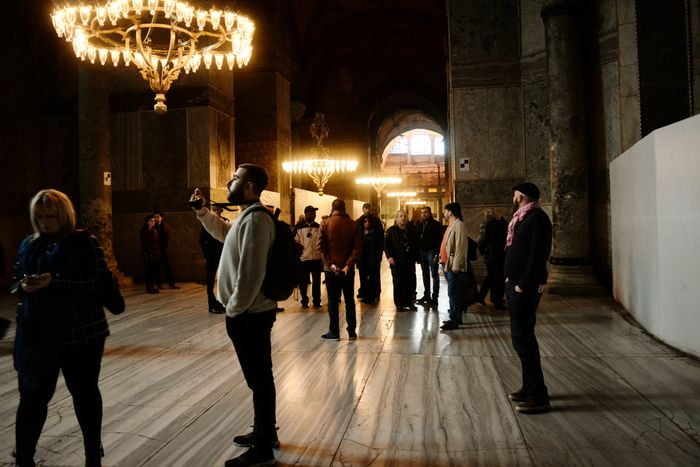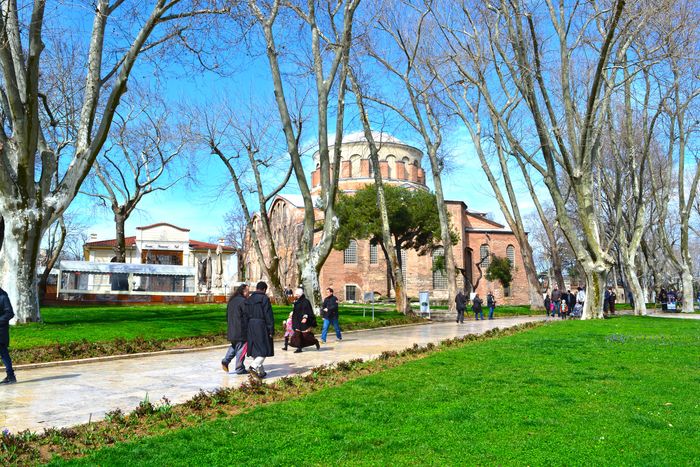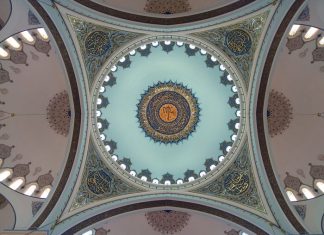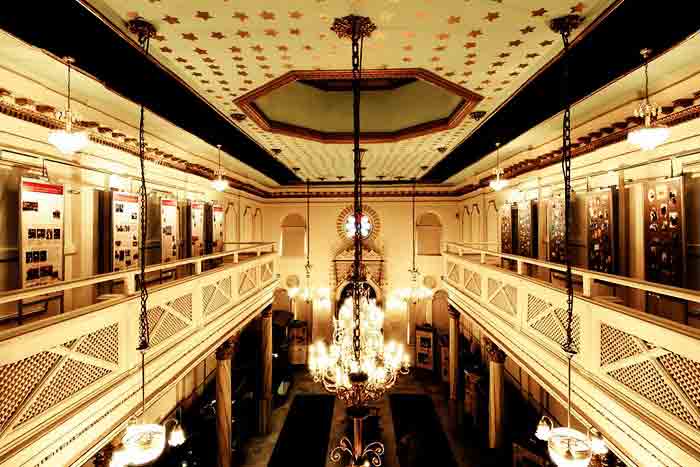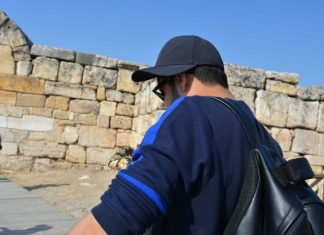Again, in His tabernacles, as when all the people of Israel adored in the tent, and standing round the temple in Jerusalem, fixing their gaze upon it from all sides, and worshipping from that day to this, or in the rulers established by Him, as Jacob rendered homage to Esau, his elder brother, (Gen. 33.3) and to Pharaoh, the divinely established ruler. (Gen. 47.7) Joseph was worshipped by his brothers. (Gen. 50.18) I am aware that worship was based on honour, as in the case of Abraham and the sons of Emmor. (Gen. 23.7) Either, then, do away with worship, or receive it altogether according to its proper measure.
Answer me this question. Is there only one God? You answer, “Yes, there is only one Law-giver.” Why, then, does He command contrary things? The cherubim are not outside of creation; why, then, does He allow cherubim carved by the hand of man to overshadow the mercy-scat? Is it not evident that as it is impossible to make an image of God, who is uncircumscribed and impassible, or of one like to God, creation should not be worshipped as God.
Divine mysteries
He allows the image of the cherubim who are circumscribed, and prostrate in adoration before the divine throne, to be made, and thus prostrate to overshadow the mercy-seat. It was fitting that the image of the heavenly choirs should overshadow the divine mysteries. Would you say that the ark and staff and mercy-seat were not made? Are they not produced by the hand of man? Are they not due to what you call contemptible matter? What was the tabernacle itself?
Was it not an image? Was it not a type and a figure? Hence the holy Apostle’s words concerning the observances of the law, “Who serve unto the example and shadow, of heavenly things.” As it was answered to Moses, when he was to finish the tabernacle: “See” (He says), “that thou make all things according to the pattern which was shown thee on the Mount.” (Heb. 8.5; Ex. 25.40) But the law was not an image.
It shrouded the image. In the words of the same Apostle, “the law contains the shadow of the goods to come, not the image of those things.” (Heb. 10.1) For if the law should forbid images, and yet be itself a forerunner of images, what should we say? If the tabernacle was a figure, and the type of a type, why does the law not prohibit image-making? But this is not in the least the case. There is a time for everything. (Eccl. 3.1)
Read More about Apologia of St John Damascene Against those who Decry Holy Images Part 31
